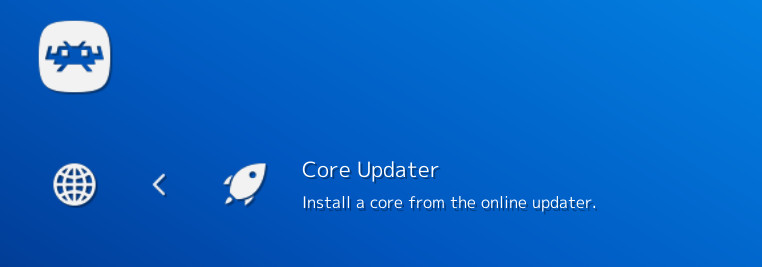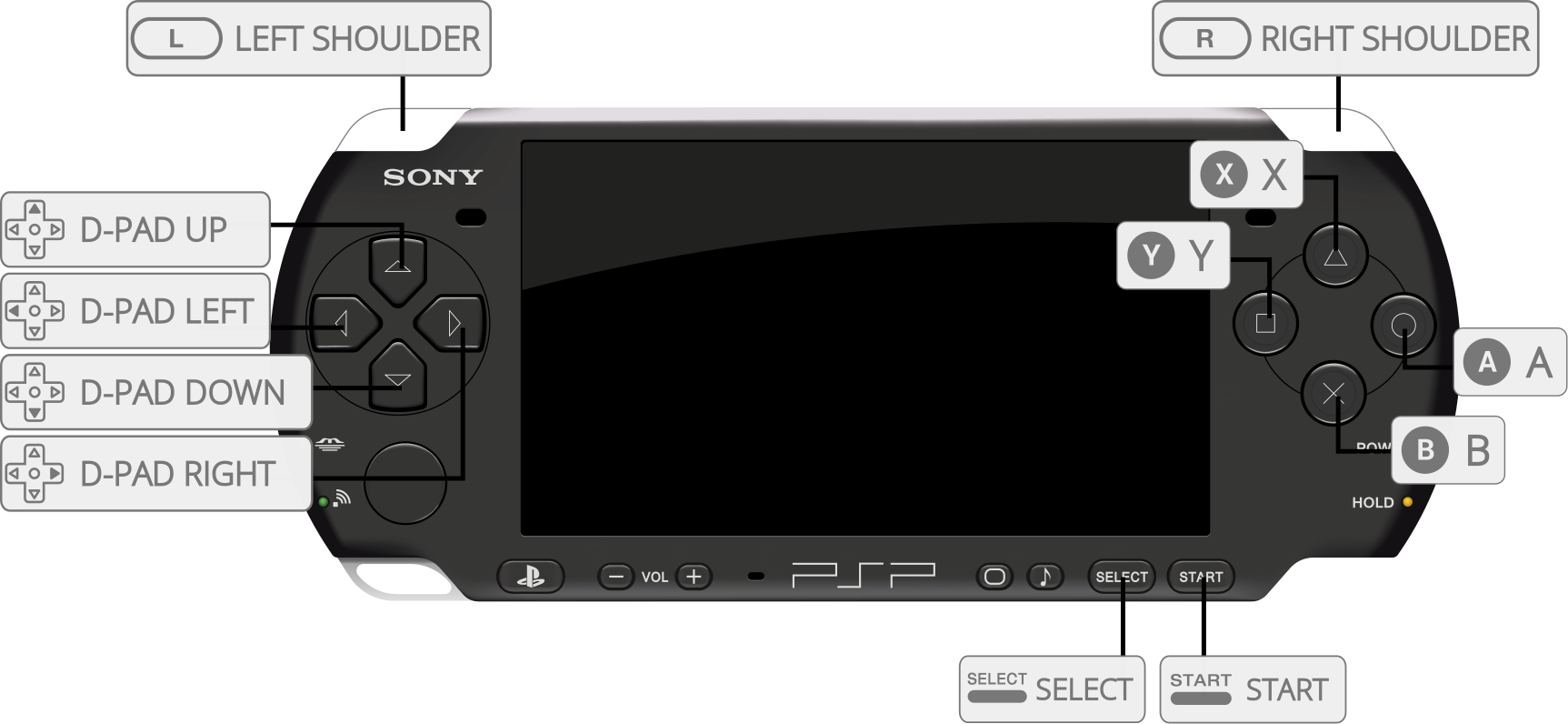

Once you load it for the first time, though, you can arrow left and you’ll find the recent games in the “horizontal menu. On 10:42 PM, Devin Prater wrote: Okay, so for where to put ROMs, you can put them anywhere, just find that location when you “load content” which is how you load games. How do you turn on the accesibility mode? Also where do you put the rums?ĭo the ocr work in real time? Or is it like the screen reader ocr?

Initial install, configuration, and installing and running a Rom wouldīe a nice thing to have? Especially since this is very new for many of us. To those of us using Accessibility, maybe taking a person through the Maybe guide me through this off list, it would be great? Folks canĬontact me think an absolute beginners tutorial or podcast specifically devoted since perhaps Roms is a bit of a touchy subject, If anyone can
Retroarch ppsspp audio issues how to#
I could use a lot of advice though on how to install and/or load Rom's,Įtc. accessibility to the end of the target path. Then, in the target box, I added the word When I installed Retroarch, I pressed Alt+Enter on the desktop shortcut I would like the same info on setting up roms. Is accessibility mode supposed to read the game menus? Or do you have to configure that AI mode. Once you load it for the first time, though, you can arrow left and you’ll find the recent games in the “horizontal menu.įor OCR, you must set up the AI service, and set a key, or game controller press of a button or multiple buttons, to activate it. Not exactly practical without a touchscreen, but still might be cool to see running in the DevTerm.Wrote: Okay, so for where to put ROMs, you can put them anywhere, just find that location when you “load content” which is how you load games. For instance, there’s a Palm emulator called Mu in the super core that built, but I haven’t tried yet.

That said, I’m always curious to see unusual things being emulated. But that seems like more of a bonus goal, since I’m guessing most of those cores cover systems that will already be working well enough in a different core, or they are more esoteric systems that few people (including myself) will care about. I’d like to either build those cores separately from that repo, or from a standalone repo (if one exists). Also, there’s a ton of stuff included in the super repo that never actually gets built either because it tries and fails, or it isn’t even included in the build process. I did try the Jaguar core from super and it was terribly slow running Tempest 2000 (which is one of the few games I might want to run on it anyway!) My long term plan is to try building from the standalone core repos in cases where the super version performs poorly, just to see if there’s an improvement. I’m thinking for any that work (well) I’ll post them to my repo here. I haven’t tested many of the cores from the libretro super build yet. The VICE libretro core is standalone and not from “super” (which either wasn’t included or didn’t build), but this one works fine. Stella works great, and I’m not sure if the standalone version is any different performance-wise to the libretto core, though the standalone likely has more tweakable options. I’m not sure if that’s a problem with PPSSPP Linux builds or if it’s something specific to the DevTerm and perhaps I should have used different build options. Flycast works great and seems like it has the potential for many playable games (though 3D stuff has noticeable slowdowns, which leads me to believe my build doesn’t use proper hardware acceleration.) PPSSPP runs at a good speed but there are graphical rendering glitches that make some games unplayable or cause issues. Dolphin is more of a novelty and while it works I’ve not found anything running at playable speed. Both MAME builds are quite functional and work great depending on how demanding the game might be. At some point I will post threads for each of them, but I want to do more testing first.


 0 kommentar(er)
0 kommentar(er)
